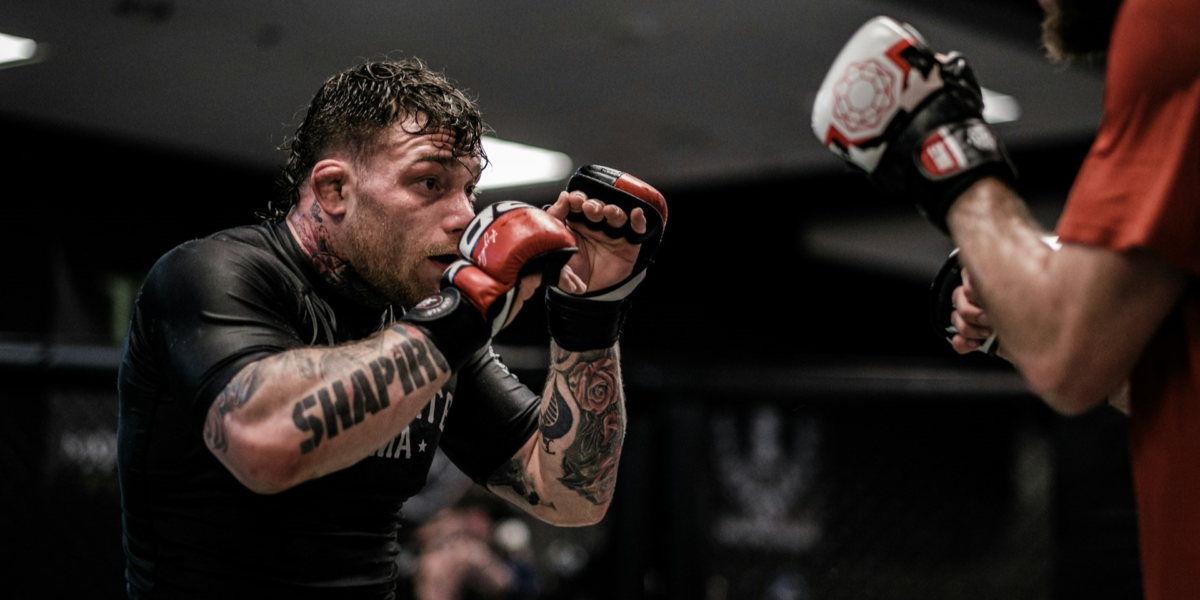A Beginner’s Guide to MMA: Everything You Need to Know to Get Started
Mixed Martial Arts (MMA) has surged in popularity in recent years, captivating audiences around the world with its fast-paced action, adrenaline-pumping fights, and diverse array of fighting styles. If you’re new to MMA and eager to learn more about this dynamic combat sport, you’ve come to the right place. In this beginner’s guide to MMA, we’ll cover everything you need to know to get started, from the basics of the sport to tips for training and competing.
What is MMA?
MMA is a full-contact combat sport that combines techniques from various martial arts disciplines, including boxing, Muay Thai, Brazilian Jiu-Jitsu, wrestling, and judo. Unlike traditional martial arts, which focus on specific techniques or styles, MMA allows fighters to use a wide range of striking and grappling techniques to defeat their opponents. Matches take place in a ring or cage and can be won by knockout, submission, or judges’ decision.
The Basics of MMA Fighting Styles
To excel in MMA, fighters must be proficient in both striking and grappling techniques. Striking techniques include punches, kicks, elbows, and knees, while grappling techniques involve takedowns, ground control, and submission holds. Fighters often specialize in one or more martial arts disciplines but must also be well-rounded and adaptable to succeed in the diverse and unpredictable environment of MMA competition.
Training for MMA
Training for MMA requires a combination of physical conditioning, technical skill development, and mental preparation. Fighters typically engage in a variety of training methods, including striking drills, sparring sessions, grappling practice, strength and conditioning workouts, and cardiovascular training. In addition to physical training, mental toughness, discipline, and strategy are also crucial aspects of MMA preparation.
Rules and Regulations
Like any sport, MMA has rules and regulations designed to ensure the safety of the fighters and promote fair competition. Some common rules include prohibitions on eye gouging, groin strikes, and strikes to the back of the head. Fighters must also adhere to weight classes and are subject to drug testing to prevent the use of performance-enhancing substances. Familiarizing yourself with the rules and regulations of MMA is essential for both competitors and fans alike.
Finding a Gym
If you’re interested in learning MMA, finding a reputable gym with experienced coaches and training partners is crucial. Look for gyms that offer classes in various martial arts disciplines, as well as structured MMA training programs tailored to beginners. Be sure to visit different gyms, talk to instructors, and observe classes to find the right fit for your goals and preferences.
Safety and Injury Prevention
While MMA is a physically demanding sport, safety should always be a top priority. Proper warm-up and stretching before training, wearing protective gear such as mouthguards and shin guards, and using proper technique during drills and sparring can help reduce the risk of injury. It’s also essential to listen to your body, rest when needed, and seek medical attention for any injuries or pain.
Nutrition and Recovery
Nutrition and recovery play a crucial role in the performance and well-being of MMA fighters. Proper nutrition, hydration, and supplementation are essential for fueling workouts, promoting muscle recovery, and supporting overall health and performance. Adequate sleep, rest, and recovery strategies such as massage, stretching, and ice baths are also important for preventing overtraining and maximizing recovery between training sessions.
Getting Started as a Competitor
If you’re interested in competing in MMA, there are several steps you can take to start your journey as a fighter. Begin by honing your skills and gaining experience through training and sparring at your gym. As you progress, consider entering amateur competitions or grappling tournaments to test your skills in a competitive setting. Be prepared to devote time, effort, and dedication to your training and to continually strive for improvement as you work towards your goals as an MMA fighter.
Enjoying MMA as a Spectator
Even if you’re not interested in competing in MMA yourself, you can still enjoy the excitement and spectacle of the sport as a spectator. Watching live events, such as UFC fights or local MMA promotions, can be a thrilling and entertaining experience, providing an opportunity to witness world-class athletes in action and cheer on your favorite fighters. Follow MMA news, analysis, and commentary from trusted sources to stay informed about the latest developments and trends in the sport.
In conclusion, MMA is an exhilarating and dynamic combat sport that offers something for everyone, whether you’re a beginner looking to learn new skills, a seasoned competitor seeking to test your abilities, or a fan eager to witness the excitement of live fights. By understanding the basics of MMA fighting styles, training methods, rules and regulations, and safety considerations, you can embark on your journey into the world of MMA with confidence and enthusiasm. Whether you’re stepping into the gym for the first time or cheering from the sidelines, MMA offers endless opportunities for learning, growth, and enjoyment.







